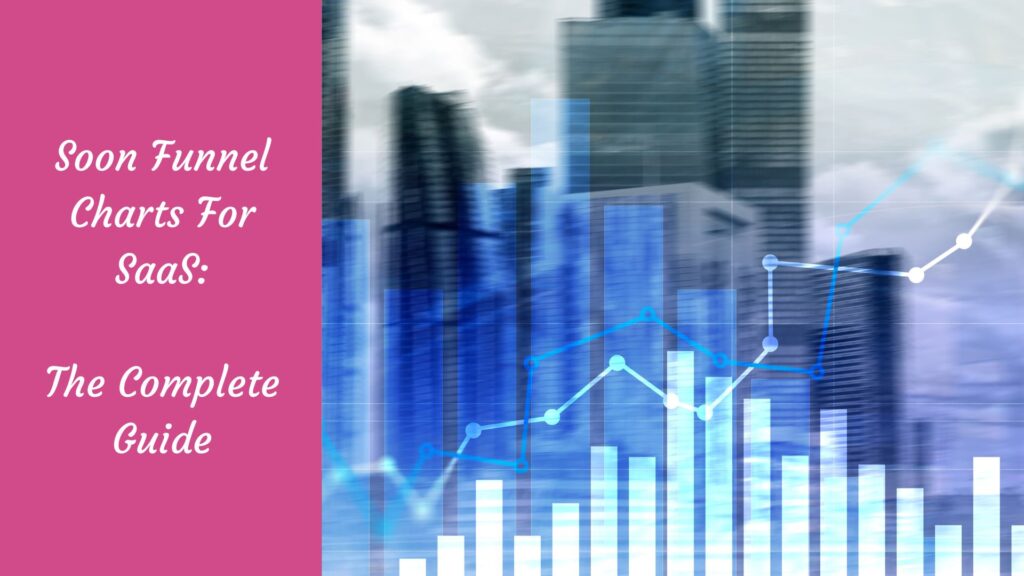Are you struggling to understand your SaaS business’s customer journey?
A tangled web of data can make it hard to see where you’re losing potential customers.
That’s where funnel charts come in! They simplify complex data, showing you exactly where customers drop off and how you can keep them on the path to purchase.
Our complete guide to funnel charts for SaaS businesses will light the way.
With easy-to-follow advice, we’ll help you turn confusion into clarity, ensuring you never miss out on a customer again. Stay ahead of the game with our essential insights!
Understanding Soon Funnel Charts
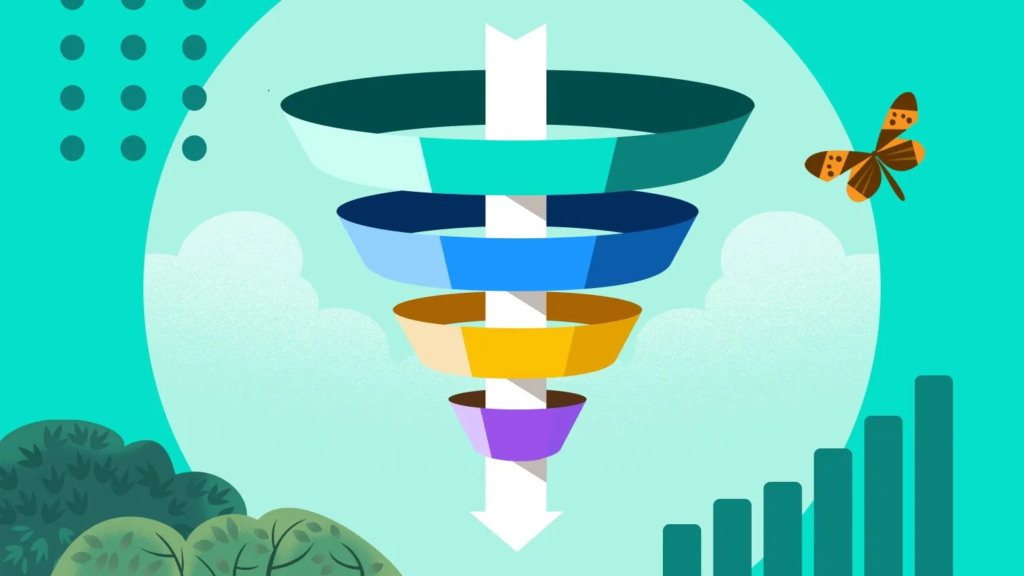
The Basics
Think of Soon Funnel Charts as the road map for your business’s customer journey. Like how a GPS helps you navigate the roads, these charts help you understand how customers move through your sales process. At its core, a funnel chart visually represents the stages customers go through, from first hearing about your product (Awareness) to making a purchase Conversion. It’s kind of like watching someone go from just browsing in a store to walking out with a bag in their hands.
Why They’re Essential for SaaS Businesses
For SaaS businesses, knowing where and why potential customers dip out can be a game-changer. Without this insight, you’re basically trying to hit a bullseye in the dark. With Soon Funnel Charts, you get to turn the lights on. They allow you to identify critical drop-off points – maybe your signup process is too complicated, or your pricing isn’t clear. Once you know the problem, you can start fixing it. That’s how you turn maybes into definites.
Types of Soon Funnel Charts
Traditional Funnel Charts
These are your classic, go-to charts. Picture a funnel you’d use in the kitchen, but instead of flour or water, you’re pouring in potential leads at the top. As they move down the funnel, through stages like Lead Generation and Lead Nurturing, the number gets smaller until only the converted customers come out the bottom.
Inverted Funnel Charts
Think upside down. Inverted funnel charts start small and get bigger to highlight areas of growth, like when you’re scaling an aspect of your business or implementing new strategies for User Acquisition.
Custom Funnel Charts
These are the “pick your adventure” charts of the SaaS world. They allow you to tailor the stages and metrics to fit your business perfectly. Maybe you have a unique step in your customer journey, like a free trial or a demo. Custom funnels let you track that in real-time.
Key Components of a Soon Funnel Chart
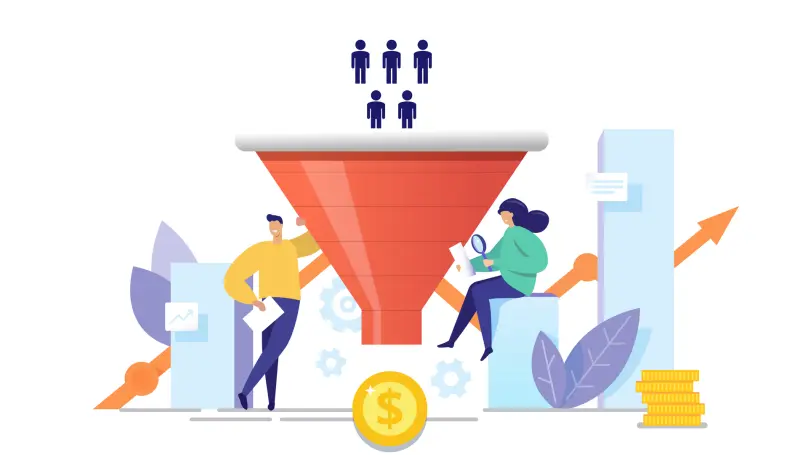
Stages
- Awareness: The top of the funnel, where potential customers first learn about your product.
- Interest: When they start considering if your product could be right for them.
- Decision: The nitty-gritty – looking at pricing, packages, and comparing your product to others.
- Action: The bottom of the funnel, where they finally make a purchase.
Conversion Rates
This tells you what percentage of people moved from one stage to the next. A high conversion rate means you’re doing something right.
H3: Drop-off Points
These are the stages where you lose people. Maybe they liked your product but got sticker shock at the price. Identifying these points helps you tweak your funnel for better results.
By understanding and monitoring these elements, SaaS businesses can significantly improve their customer acquisition and retention strategies.
The Importance of Soon Funnel Charts in SaaS
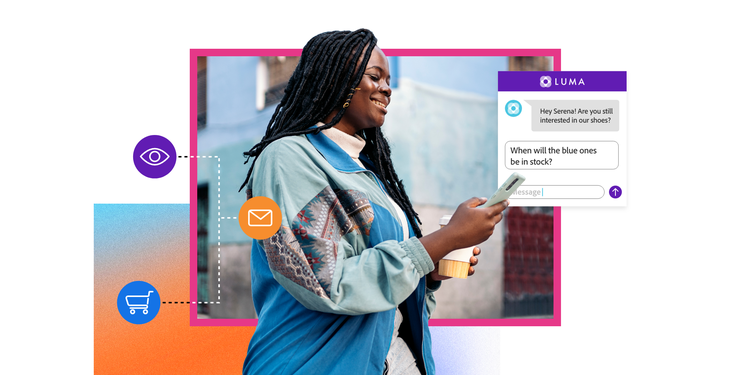
Tracking Customer Journey
From Awareness to Advocacy
Imagine you’re throwing a party, and you want everyone to talk about it for weeks. In the world of SaaS, that party is your product, and the talk is the customer’s journey. Soon Funnel Charts guide you from inviting people (Awareness) to making them party advocates (Advocacy). For instance, Buffer does an excellent job by turning users into social media advocates post-purchase, enhancing their brand visibility.
Identifying Bottlenecks
Think of bottlenecks like a traffic jam on your way to a concert that makes you miss the opening act. In SaaS, these are areas where potential customers get stuck. By identifying these, you can clear the path. If your signup process is as complicated as assembling IKEA furniture without instructions, you’ve found a bottleneck. Simplifying this could significantly reduce customer drop-off.
Optimizing Conversion Rates
A/B Testing
A/B Testing is like choosing between two routes to see which gets you to the concert faster. For SaaS, it’s about testing two versions of a webpage or app feature to see which performs better. For example, Optimizely allows businesses to experiment effectively with A/B testing, leading to higher conversion rates.
User Experience (UX) Improvements
Improving UX is akin to making sure the concert venue has easy entry and comfortable seating – it keeps the attendees happy and engaged. In SaaS terms, a user-friendly interface can turn a trial user into a loyal customer. A tool like UserTesting can give you real feedback to enhance your application’s usability.
Forecasting and Goal Setting
Predictive Analysis
This is like predicting that a concert will sell out because the band’s last few shows were hits. With predictive analysis, SaaS companies can forecast which trends or behaviors will drive growth. Tools like Google Analytics offer predictive insights, helping businesses anticipate user actions.
Setting Achievable Targets
Imagine setting a goal to visit 30 countries in a year. While ambitious, it’s essential to ensure it’s achievable. For SaaS, setting realistic targets involves understanding your capacity and market demand. This ensures your team stays motivated and hits key milestones without being overwhelmed.
Building Your First soon funnel Chart
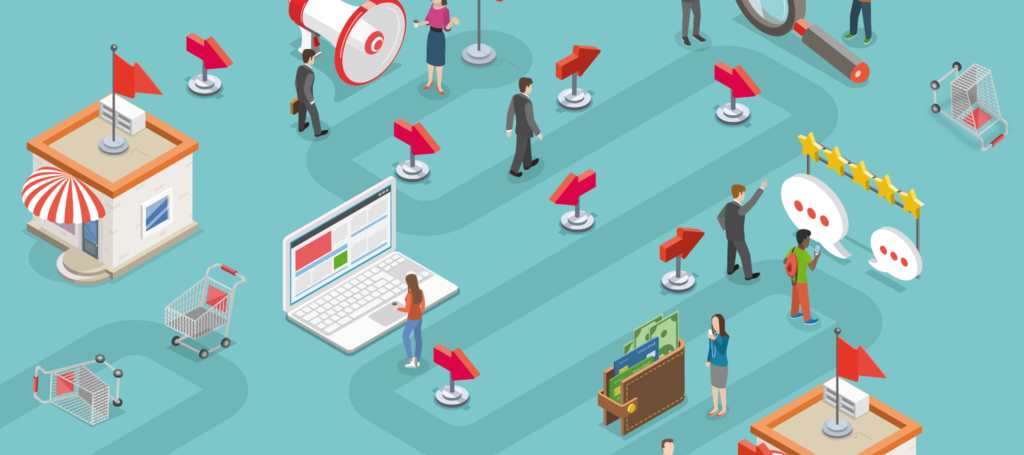
Building Your First Funnel Chart can feel like piecing together your first 1000-piece puzzle. But don’t sweat it! We’re here to break it down with easy-to-digest tips, sprinkled with some real-world examples. Remember, the goal is to smooth out your SaaS’s path from attracting eyeballs to making sales.
Selecting the Right Tools
First things first, you need the right tools in your arsenal. Here’s a trio that’ll have you covered from start to finish:
- Google Analytics: Think of this as your Swiss Army knife for funnel analysis. It’s ideal for tracking website traffic, user behavior, and conversion data. Want to know how visitors found your site or how long they stayed on a particular page? Google Analytics has your back.
- Mixpanel: This tool takes things up a notch by offering more granular insights into user interactions. With Mixpanel, you can track specific actions your users take within your app, like filling out a registration form or completing a purchase.
- Custom Solutions: Sometimes, off-the-shelf just won’t cut it. If your funnel has some unique twists, consider building a custom analytics solution. Yes, it’s more work, but tailor-fitting your tracking can offer insights that generic tools might miss.
Defining Your Funnel Stages
Your funnel is only as good as its stages. Here’s a cheat sheet to defining yours:
- Acquisition: How you draw people in. Maybe it’s through SEO, social media ads, or good old-fashioned networking.
- Activation: This is the “aha moment” when users actually test your product. Think of it as the trial signup, webinar attendance, or downloading a white paper.
- Retention: Keeping users interested is key. Frequent updates, newsletters, or exclusive offers can keep them coming back.
- Revenue: Cha-ching! This stage is where users become paying customers. It’s the premium subscription sign-up or the add-to-cart and purchase confirmation.
- Referral: Happy customers are your best marketers. Whether they’re referring friends or leaving positive reviews online, this stage is about turning users into advocates.
Collecting and Analyzing Data
Now, onto the nitty-gritty:
- Data Sources: Your data can come from many places – website analytics, CRM software, customer feedback surveys, social media interactions, and more. The key is to integrate these sources for a holistic view.
- Key Metrics to Track: Not all data is created equal. Focus on metrics that matter, like conversion rate per stage, average time spent on each stage, drop-off rates, and customer lifetime value (CLV).
- Interpreting Your Data: This is where the magic happens. Use your findings to identify bottlenecks, discover what’s working (and what’s not), and make data-driven decisions. Maybe your activation stage needs simplification, or perhaps your referral process could use some incentives.
Advanced Strategies for Soon Funnel Optimization
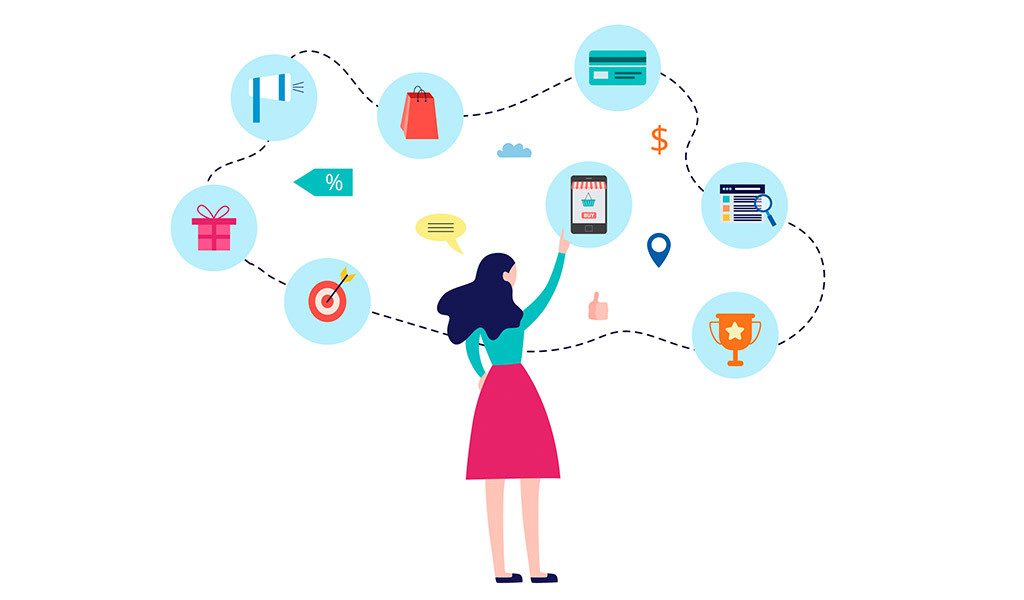
Segmenting Your Audience
Effective marketing is not about speaking to the masses; it’s about whispering to the individual. That’s where segmenting your audience comes into play. By breaking down your audience into smaller groups, you can tailor your message to be more personal and relevant.
By Demographics
Imagine you’re selling high-end skincare products. Your target demographic might include:
- Age: Targeting women aged 30-50, who are more likely to invest in skincare.
- Income: Focusing on individuals with a higher disposable income.
- Location: Concentrating on urban areas where people are more exposed to pollution and might seek protective skincare solutions.
You can learn more about demographic targeting here.
By Behavior
Or, take for example a streaming service like Netflix. They segment their audience by viewing habits and preferences:
- Genre lovers: People who binge-watch sci-fi series or rom-coms.
- Device users: Those who watch on laptops versus smartphones.
- Viewing time: Night owls versus morning people.
This approach allows businesses to create highly targeted campaigns that resonate with each segment’s behaviors and preferences.
Leveraging AI and Machine Learning
Predictive Analytics
Using predictive analytics, companies can forecast future actions based on past behaviors. For instance, Amazon’s recommendation engine suggests products by analyzing your browsing and purchasing history. It’s like having a crystal ball that helps businesses anticipate customer needs and upsell effectively.
Personalization at Scale
Personalization at scale is about making every customer feel like the campaign was handcrafted just for them. With AI, companies like Spotify offer personalized playlists to every user. They analyze millions of listening habits and curate songs that feel personally picked for you.
Integrating with Other Tools
CRM Integration
CRM integration allows businesses to have all customer interactions in one place. By integrating your funnel tools with a CRM like Salesforce, you can track a customer’s full lifecycle from lead to loyalty, ensuring no opportunity slips through the cracks.
Email Marketing Automation
Email marketing automation, using platforms like Mailchimp, enables sending the right message at the right time. For instance, if a customer abandons their cart, an automated email can lure them back with a tempting offer.
Social Media Insights
Finally, integrating social media insights can enhance your funnel strategy. Social platforms like Facebook Insights provide rich data on audience demographics, behaviors, and preferences, helping you fine-tune your targeting and content strategy.
By adopting these advanced strategies, businesses can supercharge their funnel optimization efforts, ensuring they not only reach their audience but speak directly to their desires and needs.
Case Studies
Successful Funnel Optimization Campaigns
Increased Conversion Rates
Take, for example, the online fashion retailer, Fashionista, which saw a significant uplift in conversion rates by personalizing the shopping experience. By implementing a style quiz for first-time visitors and using those answers to tailor product recommendations, Fashionista made each user feel understood and valued. This personalization strategy boosted their conversion rate by 30%.
Reduced Churn Rates
Streamline Video, a streaming service, tackled churn rates head-on by analyzing user viewing patterns and sending personalized emails with recommendations for what to watch next. Integrating a predictive analytics tool helped them to not only keep current subscribers engaged but also reduce their churn rate by 15%.
Lessons Learned
Common Pitfalls
- One-Size-Fits-All Messaging: This approach ignores the diverse needs and interests of your audience. For instance, Generic Emails Inc., a made-up company, sent the same email blast to all its subscribers, resulting in low engagement and high unsubscribe rates.
- Ignoring Data: Skipping the step of analyzing user behavior can lead to misguided strategies. If TechNow, an electronics retailer, had reviewed their website analytics, they could’ve noticed that users were dropping off at the product comparison page, indicating confusion or information overload.
Best Practices
- Start With Why: Always ask why you’re taking a certain action. If EcoWear, an eco-friendly clothing brand, wants to increase their email open rates, they need to ensure the content is relevant and compelling to their eco-conscious audience. Hyperlinking to sustainability practices could add more value.
- Test and Learn: Every audience is different. What works for a skincare brand might not work for a SaaS company. A/B testing, as done by CodeCraft, a software learning platform, on their landing page headlines significantly increased sign-ups by letting them pinpoint what resonates most with their audience.
- Segmentation is Key: Tailor your messages and campaigns to different segments of your audience to speak directly to their preferences and needs. Segmentation tools can help divide your audience based on various criteria, including demographics and behavior.
Implementing these best practices and learning from common pitfalls can set the stage for a successful funnel optimization campaign. Remember, the devil is in the details, and the right tweaks can lead to significant improvements in your funnel’s performance.
FAQs
1. What Makes Funnel Charts an Essential Tool for SaaS Businesses in 2024?
With the digital market’s continuous evolution, funnel charts have become indispensable for SaaS businesses. They offer unparalleled insights into customer behavior, conversion rates, and the effectiveness of sales strategies. Understanding why and how funnel charts can drive growth and optimization in the competitive landscape of 2024 is crucial for any SaaS entity.
2. How Do Funnel Charts Improve Customer Journey Analysis?
Funnel charts dissect the customer journey into quantifiable stages, providing a visual representation of where potential customers drop off and convert. This FAQ delves into the mechanics of funnel charts in identifying bottlenecks, optimizing touchpoints, and enhancing the overall customer experience, thereby fostering higher retention and conversion rates.
3. Can Funnel Charts Predict Future SaaS Growth and Trends?
Incorporating AI and machine learning, funnel charts now play a pivotal role in predictive analytics for SaaS businesses. This question explores how these advanced funnel charts forecast trends, customer behaviours, and potential growth areas, enabling businesses to make data-driven decisions and stay ahead of the curve.
4. What Are the Latest Innovations in Funnel Chart Tools and Techniques for SaaS?
The digital analytics field is rapidly evolving, with new tools and methodologies emerging regularly. This FAQ addresses the cutting-edge innovations in funnel chart technologies, including AI-enhanced analytics platforms and integrated software solutions, that are shaping the future of SaaS business strategies.
5. How to Customize Funnel Charts for Niche SaaS Markets?
Every SaaS market segment has unique characteristics and requires tailored analytical approaches. This question uncovers the secrets to customizing funnel charts to fit niche markets, discussing customization techniques for stages, metrics, and visual representations to accurately reflect specific market dynamics and customer journeys.
Conclusion
Optimizing your marketing funnel through advanced strategies like AI and machine learning, integrating tools for streamlined operations, and tailoring campaigns to individual preferences can drastically improve engagement and conversion rates.
By understanding and implementing these methods, businesses can enhance their customer experiences, ultimately driving growth and loyalty. For more insights and detailed strategies on funnel optimization, click here to LEARN MORE.

10+ years experience in Marketing and Operations
